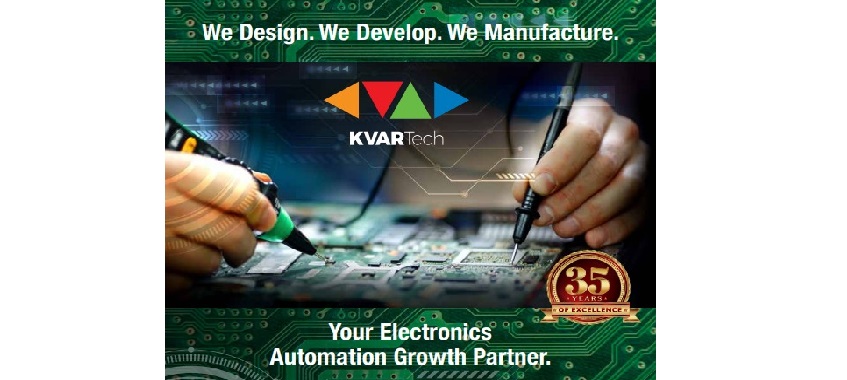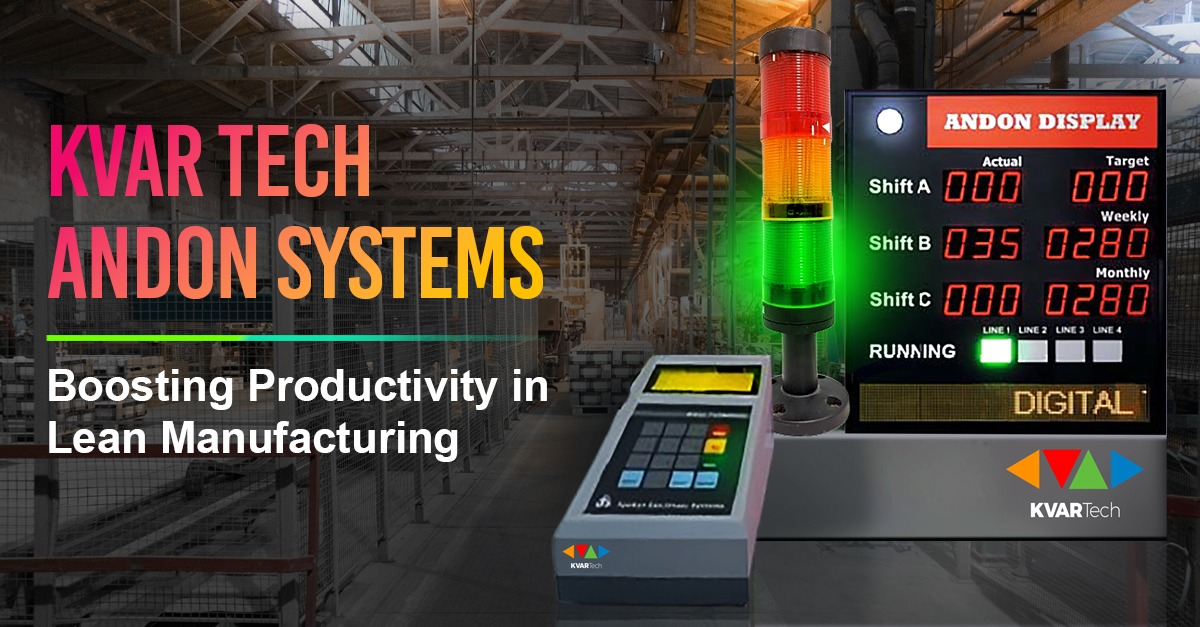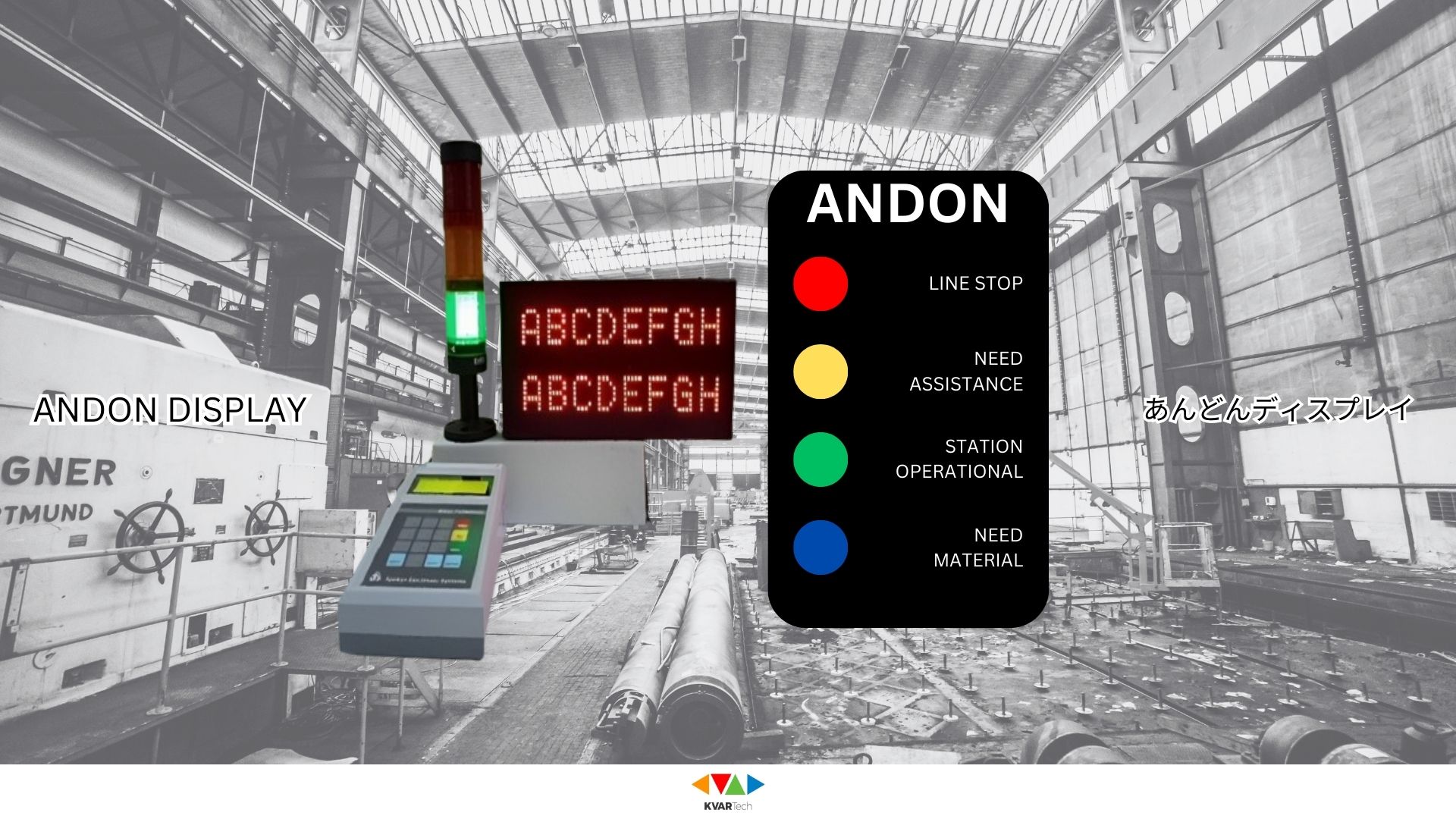KVAR Technologies is engaged in the design, development and manufacture of embedded / micro controller based products primarily for industrial applications.
But what is Embedded Systems?
It all started in 1960 when Dr. Charles Stark Draper created the first-ever embedded device at the Massachusetts Institute of Technology for the Apollo program. Fast forward over sixty years and embedded systems have become the unsung heroes of our technology-driven world. They covertly power the marvels of our phones and car engines, making our lives simpler, even though their complex inner workings often remain hidden.
Understanding Embedded Systems
Embedded systems are microprocessor-based hardware systems with a touch of software meticulously designed to fulfill specific functions. Unlike general-purpose computers, they have a singular purpose: to simplify the user experience. Their apparent complexity, constrained by resource limitations, drives simplicity for end-users. Here is how they achieved this feat:
1. Simplified User Experience Embedded systems are the backstage crew, managing intricate details behind the scenes and shielding users from underlying complexities. Consider the touchscreen feature on your smartphone. Below that sleek surface lies a sophisticated blend of sensors, processors, and circuitry guided by intricate algorithms. Embedded systems work tirelessly to ensure seamless interaction - a simple touch or swipe, and the device effortlessly responds. They are the guardians of simplicity.
2. Efficient and Effective Efficiency is the hallmark of embedded systems. They are specialists designed to execute dedicated functions. Each method carries out a specific task, avoiding unnecessary features. This streamlined functionality ensures the overall efficiency of the device. For example, think about taking a picture. It's as simple as tapping a capture icon for you, but embedded systems manage tasks like focusing, processing, and balancing exposure beneath the surface. Their combined efforts result in the perfect image. It's genuinely fascinating.
3. Instantaneous Decision-Making Embedded systems take center stage in critical industries such as aviation, astronomy, and healthcare, where precision and real-time decision-making are paramount. Let's focus on smartphones for a moment. Modern phones include a thermal shutdown feature that safeguards the device. When the device's temperature exceeds a specified limit, these systems swiftly execute a shutdown protocol, preventing irreversible damage. Embedded systems are the unsung heroes in such life-saving scenarios.
The Future of Embedded Systems As technology advances in IoT, AI, ML, AR, and VR, embedded systems are poised to play an even more significant role. They work quietly in the background, much like a magician, simplifying complexity in our ever-evolving digital world. While they may appear complex in their architecture and programming, they are the driving force behind clarity and comprehensibility. So, the next time you gaze at your smartphone, swipe your credit card or marvel at your camera's speed, remember that these embedded systems make the magic happen.
-min.png)





